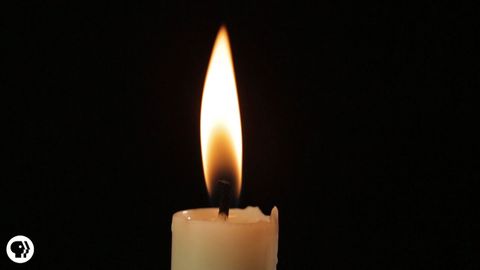あなたは説明できる?「火」とは何か?
陳叔華 が 2021 年 12 月 19 日 に投稿  この条件に一致する単語はありません
この条件に一致する単語はありませんUS /ɪˈvɛntʃuəli/
・
UK /ɪˈventʃuəli/
US /ˈdɛlɪkɪt/
・
UK /'delɪkət/
- adj.繊細な ;繊細な ;敏感な;微妙な;デリケートな
US /fəˈmɪljɚ/
・
UK /fəˈmɪliə(r)/
- adj.よく知られた;精通;親しげな
- n.親友;使い魔
- adj.確かな;固形物;頑丈につくられた;隙間がない;固形物の
- n.固体
エネルギーを使用
すべての単語を解除
発音・解説・フィルター機能を解除
